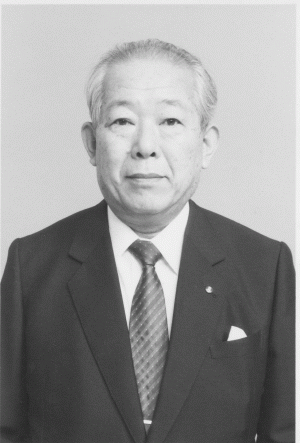URL: https://www.desy.de/news/news/archive_before_2010/2002/desy_0810/index_eng.html
Breadcrumb Navigation
This year's Nobel Prize in Physics for the detection of cosmic neutrinos and X-rays

On Tuesday, October 8, the Royal Swedish Academy of Sciences awarded the Nobel Prize in Physics for 2002, with one half jointly to Raymond Davis Jr ((University of Pennsylvania, USA) and Masatoshi Koshiba (University of Tokyo, Japan) "for pioneering contributions to astrophysics, in particular for the detection of cosmic neutrinos" and the other half to Ricardo Giacconi (Associated Universities Inc., USA) "for pioneering contributions to astrophysics, which have led to the discovery of cosmic X-ray sources".
Professor Masatoshi Koshiba has had close links to DESY for many years. Starting in 1972, his group collaborated with the DASP experiment at the DORIS storage ring. After that, he and his staff took part in the JADE experiment at the PETRA storage ring. Since 1990, a strong Japanese group participated in the ZEUS experiment at the HERA storage ring. Masatoshi Koshiba also initiated and fostered a longtime collaboration with the University of Hamburg, for which he was awarded with the Honorary Doctor. In 1985, he was also awarded with the German First Class Federal Cross of Merit for his merits in the German-Japanese cooperation.
Raymond Davis Jr constructed a completely new detector, a gigantic tank filled with 600 tonnes of fluid, which was placed in a mine. Over a period of 30 years he succeeded in capturing a total of 2,000 neutrinos from the Sun and was thus able to prove that fusion provided the energy from the Sun. With another gigantic detector, called Kamiokande, a group of researchers led by Masatoshi Koshiba was able to confirm Davis’s results. They were also able, on 23 February 1987, to detect neutrinos from a distant supernova explosion. They captured twelve of the total of 1016 neutrinos (10,000,000,000,000,000) that passed through the detector. The work of Davis and Koshiba has led to unexpected discoveries and a new, intensive field of research, neutrino-astronomy.
Riccardo Giacconi detected for the first time a source of X- rays outside our solar system and he was the first to prove that the universe contains background radiation of X-ray light. He also detected sources of X-rays that most astronomers now consider to contain black holes. Giacconi constructed the first X-ray telescopes, which have provided us with completely new – and sharp – images of the universe. His contributions laid the foundations of X-ray astronomy.


